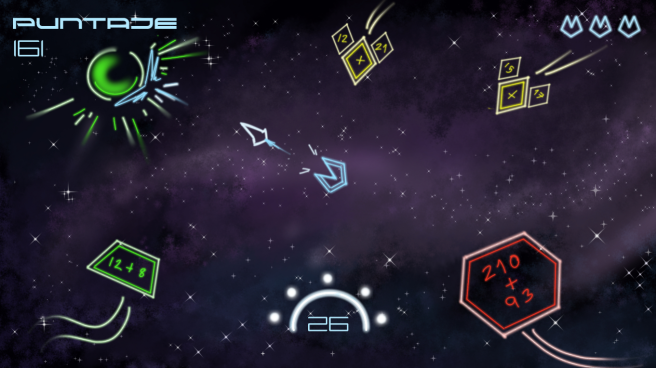--Originally published at Stories by Juan Andrés Rocha on Medium
Basically, cryptography is used to protect valuable information, according to Microsoft.
Imagine you want to send a note to your crush in class, and you don’t want anyone else to see it, how do you do it? Do you write “I like you” in plain text? Do you write “ILY”? Cryptography can help you tell your crush you like them without anyone else knowing.
You could encrypt your love message, which here means making your message intelligible to anyone except you or someone who gets you, send the encrypted message to your crush, and they would be able to decrypt it, if and only if you gave them the key.
In IT, there are several ways of sharing these keys, and one of the most common is RSA Key Exchange. RSA lets you send your private key to a person, only decryptable by their public key. No one else would be able to use it except them. It would be like leaving a note with the way to decrypt your message in your crush’s backpack before class started.
Everyone would be seeing something like: aW3"·4421.1..1!!!2lk, while your crush would see: “I like you.”

